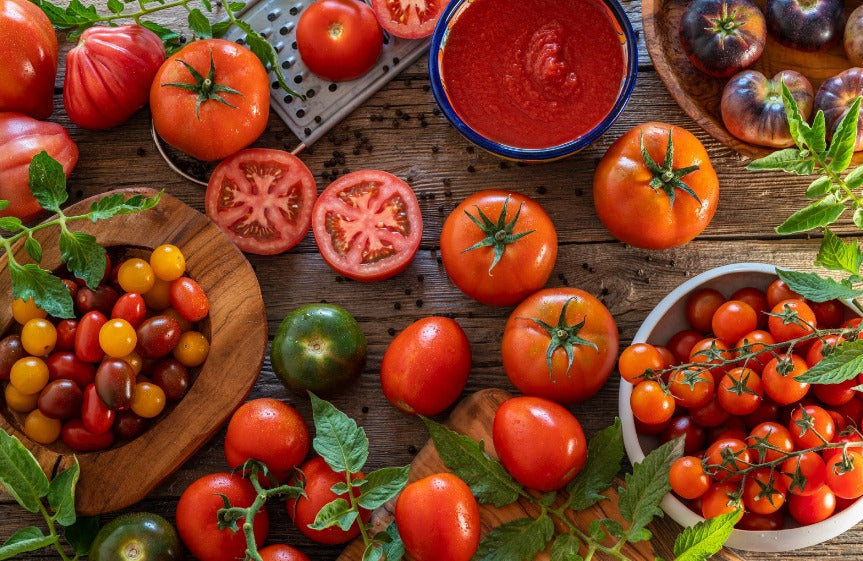Brighten up your garden with vibrant and colourful gerberas! These daisy-like perennial flowers are long-lasting, making them an all-time favourite cut flower. Plant them outside or in a pot indoors to enjoy cheerful blooms year after year.
Planting Gerberas in a Garden
Gerberas love the sun, so ensure they are planted in a full-sun position with well-drained soil.
If you are planting seedlings in a tray first, use a seed-raising mix such as Tui Seed Raising Mix. Wait until the seedlings have grown to at least 5cm before transplanting them into your garden.
When planting seeds into your garden bed, leave a 40cm spacing between seedlings and water in well. Spacing your seedlings will help to promote airflow and prevent your gerberas from getting powdery mildew disease.
Planting Gerberas in a Pot
When growing gerberas in a pot, find a pot that is at least 200mm wide and deep. Fill the pot with potting mix, such as Palmers Garden X Potting Mix. Sow the seeds directly into the pot by gently pressing into the soil. Gerbera seeds need light to germinate so it is important that they are not planted too deeply. Water seeds in well, and ensure the soil is kept moist during the germination period.
If you find the soil drying out too quickly, cover with plastic cling wrap or glass to help converse moisture.
Position the pot in full sun to part shade.

Watering
Water often throughout the seed germination period to keep the soil moist. When watering, ensure that the water is directed to the base of the plant to keep the crown dry. This helps reduce the likelihood of fungal diseases. Water well during the warmer months.
If you are growing your gerberas in a pot, be mindful not to let them dry out when they’re in flower. Try misting your gerbera plants in pots in autumn and winter to help provide humidity.
Mulching
Mulch when the gerberas begin flowering. Use a coarse material to prevent splashback onto the plant, such as woodchip, pea straw or bark chips. Mulching helps keep the roots moist and cool. Add 5-7cms of mulch around the base of the plant, being mindful to leave a few centimetres clear around the stems to avoid rotting. Also, keep the mulch away from the crown. If you live in a wetter climate, we suggest avoiding mulching and instead mound your plants or grow them in pots.
Pests
The most common pests of gerberas are aphids. If you spot them, wipe the aphids off using a mild soapy solution of dishwashing detergent and water, in the early morning or evening when the sun isn’t as hot. Attract ladybugs by planting dill, fennel, or cilantro, as they are natural predators of aphids. Plus, you can use an insecticide such as Yates Conqueror Spraying Oil to get rid of aphids.




























